Introducing cycling to children with Autism Spectrum Disorder (ASD) doesn’t always begin with enthusiasm, particularly if your child faces sensory sensitivities or motor planning challenges.
That’s where adaptive tricycles come in. With the adaptive tricycle setup, the right mindset, and a sprinkle of creativity, you can make cycling an activity that kids with ASD truly look forward to.
Let’s walk through how to make the experience more enjoyable, from the bike itself to the environment and even the little accessories that bring joy along the ride.

Features That Make Adaptive Tricycles More Fun (and Functional)
A child with ASD will not enjoy cycling if they think it is too stressful, demanding, or uncomfortable.
Adaptive tricycles are better suited to meet the needs of children with physical, sensory, or developmental challenges, and they come with features to make it fun for kids with ASD to cycle around.
Here are some features that can help turn hesitation into curiosity—and then joy.
1. Stable, with a Tip-Resistant Design
Adaptive tricycles have wide wheelbases and a low center of gravity to keep the trike steady, even during turns or wobbly starts. Your kid feels secure, which is key for building trust in the experience
2. Comfortable, Supportive Seating
Many adaptive trikes come with padded seats, high backs, and side supports that create a cozy, hug-like feeling. These features are reassuring and provide the extra security and comfort your child needs.
3. Foot Straps or Pedal Cages
For kids who struggle to keep their feet in place, secure pedal systems keep them from slipping off mid-ride.
4. Handlebar and Grip Variety
Not all kids feel comfortable gripping standard handlebars. Adaptive trikes often offer looped, horizontal, or customizable grips that are easier to hold and steer.
5. Parental Control Features
Some trikes include a rear push bar, hand brakes for parents, or pedal-assist functions, so you can guide and support the child without taking away their sense of motion and autonomy.

Helping Kids Get the Right Mindset for Riding
For many kids with ASD, how they feel before they even sit on the trike can determine how the ride will go. So, the goal is to ease anxiety, reduce unpredictability, and make the experience feel as safe and familiar as possible.
1. Introduce the Trike Gradually
Don’t expect the child to hop on and ride right away. Let them explore it at their own pace—sit on it, touch the handlebars, maybe push it a little.
They need to be curious, explore, and learn gradually.
2. Use Visual Schedules or Social Stories
Predictability is comforting. Try using a picture schedule that shows when “bike time” happens in the day or a short story that explains what riding will feel like and what to expect.
3. Create a Calm, Controlled Environment
Avoid places with lots of noise, crowds, or visual clutter until they feel more confident. You can start rides in quiet, open areas—like a driveway, an empty park path, or a cul-de-sac.
4. Celebrate Small Wins
Don’t wait until they’re riding laps to cheer them on. Praise the little steps: sitting on the trike, holding the handlebars, and pushing with their feet. These moments build momentum.
5. Stay Calm, Flexible, and Positive
If today’s not a riding day, that’s okay. Keep the vibe light and supportive, and don’t be discouraged if progress feels slow. Let joy lead the process.
Accessories That Make Riding More Fun
- Sometimes, the right accessory turns a trike into a rocket ship or a parade float—or just makes it feel theirs. Here are a few extras that can help personalize and enhance the experience:
- Use Handlebar Streamers or Pinwheels to add movement and color without being too stimulating. Plus, they give kids something to focus on while riding.
-
Decorate their bike with their name or favorite characters to give a sense of ownership and pride.
For kids who enjoy auditory feedback, a gentle bell can be satisfying without being startling.
Soft music—especially favorite songs or background soundtracks—can help regulate sensory input and keep the mood light. - If your child benefits from deep pressure, consider using these (with guidance) during rides for calming input.

Fun Biking Activities to Keep It Playful
- Riding a trike shouldn’t feel like physical therapy—it should feel like a game, a story, or a tiny adventure. Here are some ways to make cycling playful and engaging:
- Set up cones, chalk paths, or soft pool noodles for them to ride around. Keep it simple and let them “win” every round.
- Choose a dress-up theme—superhero, space explorer, favorite animal—and let the trike be part of the costume. Even just riding down the block can feel like a big celebration.
- Create a short list of things to spot while riding: a red flower, a bird, a mailbox. This turns the focus away from the physical task and toward curiosity.
- Hide a toy, snack, or sticker at the end of a short path. Getting there becomes the mission.
- If they’re comfortable around other kids, riding together can be motivating. Just make sure everyone’s going at a pace that works for them.
Final Thoughts
The key to getting kids with ASD to enjoy cycling isn’t pushing for results—it’s building trust, comfort, and joy in the process. With the right trike, the right mindset, and a touch of creativity, cycling can become a beloved part of their routine. One ride at a time.
Here's how to incorporate an adaptive bike into your autistic child's routine.

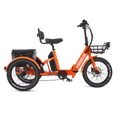

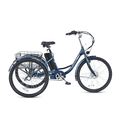
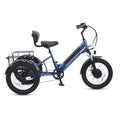
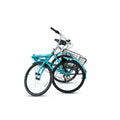
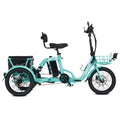


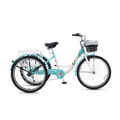
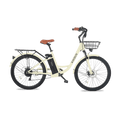
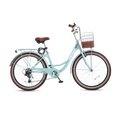
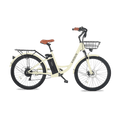
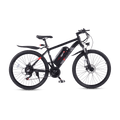
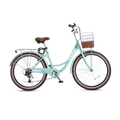








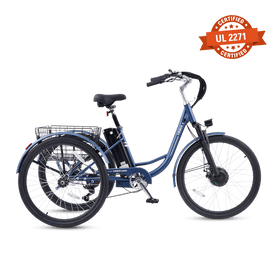
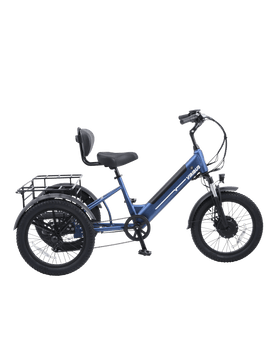



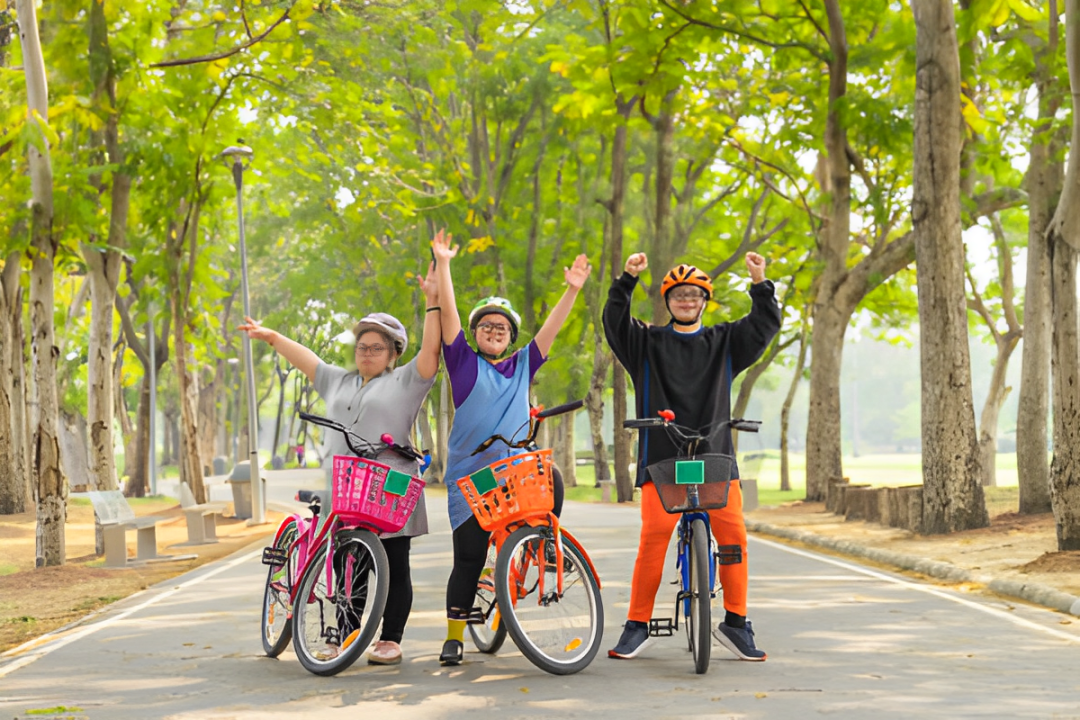
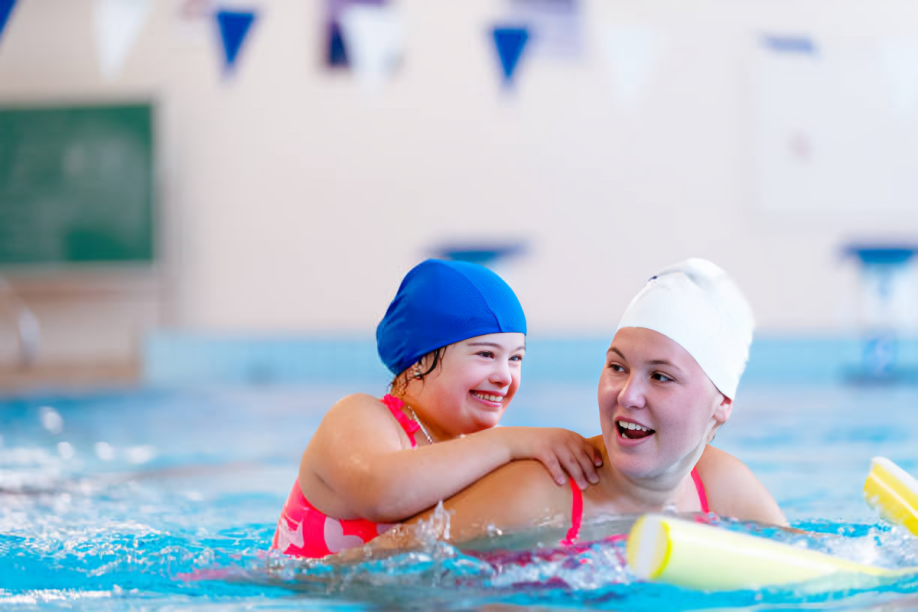
Leave a comment
All comments are moderated before being published.
This site is protected by hCaptcha and the hCaptcha Privacy Policy and Terms of Service apply.